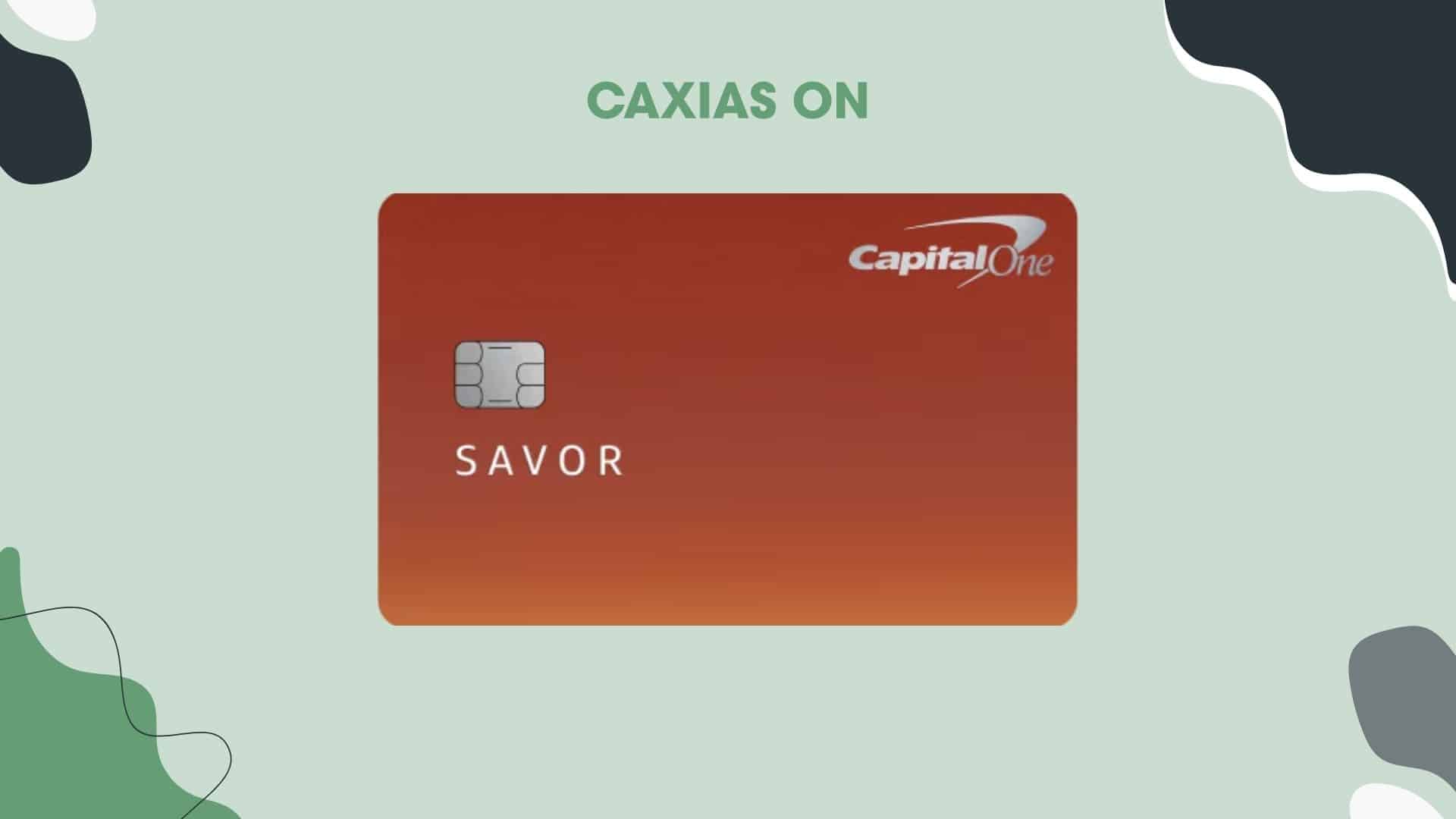Investing between the United States and Canada opens doors to broader diversification and tax efficiency. However, managing assets across borders (cross-border) also presents challenges involving regulations, currency exchange, and dual taxation. Individuals living, working, or retiring in both nations must develop tailored strategies that align with their financial goals and legal responsibilities.
With proper planning, Americans and Canadians can use cross-border investment strategies to maximize returns, minimize tax burdens, and simplify asset allocation. Working with advisors familiar with both jurisdictions can prevent common mistakes and support long-term financial success in both countries.
Managing Taxes in Dual Jurisdictions Requires Precision

The U.S. and Canada have a tax treaty to prevent double taxation, but coordination is crucial. U.S. citizens living in Canada must file with both the IRS and CRA, while Canadians with U.S. assets may face withholding taxes. Careful reporting and use of foreign tax credits can reduce exposure to penalties.
For example, U.S. investors abroad may need to file FBAR and FATCA forms, while Canadian investors may face T1135 reporting. A cross-border tax specialist can guide you through these requirements and help synchronize your filings, maximizing deductions and preventing unnecessary costs.
Understand How Retirement Accounts Are Treated
Investment vehicles are not always recognized across borders, which creates confusion and potential tax risk. Canadian TFSAs are not tax-sheltered in the U.S., so Americans residing in Canada may face U.S. taxes on income earned inside them—even though they are exempt locally.
In contrast, RRSPs can retain tax-deferred status if proper forms are filed with the IRS. Likewise, Americans with 401(k)s and IRAs must understand how Canadian tax laws apply upon withdrawal. Cross-border alignment ensures that distributions are timed wisely and taxed only when unavoidable.
Address Currency Risk Proactively in Your Portfolio
Exchange rate fluctuations can influence returns when holding assets in both USD and CAD. For retirees especially, converting funds between currencies during downturns may result in losses that could have been avoided with careful strategy. To reduce this risk, consider:
- Holding assets in the currency tied to future spending
- Investing in hedged ETFs or mutual funds
- Timing major exchanges during favorable market conditions
Currency planning introduces a layer of stability that protects your portfolio from unexpected market shifts. It becomes especially vital when preparing for long-term goals like retirement, education, or international relocation. By managing exchange risks in advance, investors can maintain predictable outcomes and avoid losses.
Work With Advisors and Firms Licensed in Both Countries
Many financial institutions are not equipped to manage accounts across jurisdictions. Transfers between U.S. and Canadian firms may result in high fees or forced liquidations. Moreover, non-compliance with local laws can jeopardize long-term investments or tax status.
Choose institutions and advisors with cross-border credentials. These professionals can help consolidate accounts, avoid regulatory pitfalls, and build a compliant, diversified portfolio suited to your residency and citizenship. Dual-licensed advisors also provide holistic views that single-jurisdiction planners may overlook.
Plan for Retirement and Inheritance With Dual Laws in Mind
Retirement benefits like Social Security and CPP must be coordinated to avoid taxation surprises. Americans living in Canada may owe Canadian taxes on U.S. benefits, and vice versa. Timing withdrawals strategically can help minimize tax consequences and extend portfolio longevity. Canadians owning U.S. real estate may trigger U.S. estate tax, while probate rules differ between states and provinces.
Final Thoughts on Cross-Border Investment Strategies
A successful cross-border investment strategy balances compliance, tax efficiency, and personal financial goals. Americans and Canadians willing to plan ahead can unlock advantages unavailable to single-jurisdiction investors, while also reducing unnecessary exposure to penalties or excess tax.
By working closely with professionals who understand both U.S. and Canadian systems, investors can build stronger, more resilient portfolios. This partnership helps reduce compliance risks, increase long-term returns, and offer better protection against tax inefficiencies.




